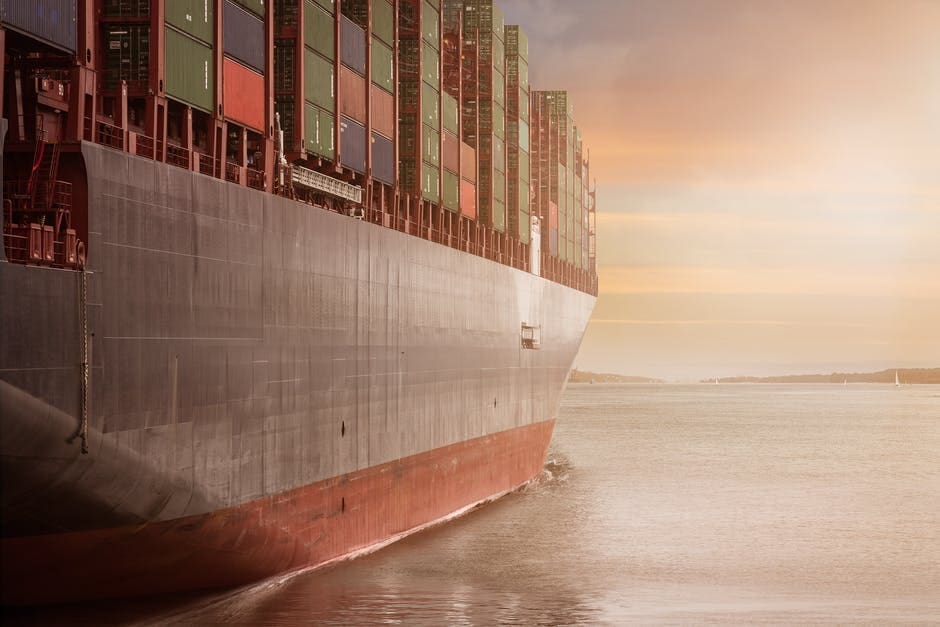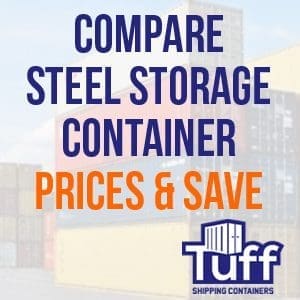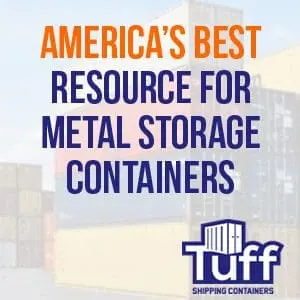
Built to Last: The Impressive Lifespan of Shipping Containers
Shipping containers are designed to withstand harsh conditions, making them an ideal building material for various applications. Their impressive lifespan, combined with their cost-saving benefits and eco-friendliness, has led to a surge in popularity for repurposing shipping containers in architecture, construction, and various other industries. In this blog, we’ll explore the lifespan of shipping containers, how they can save you money, and the average cost of purchasing one.
The Lifespan of Shipping Containers: Built for the Long Haul
Shipping containers are made of high-quality steel, which provides exceptional strength and durability. This rugged construction enables them to withstand the demands of international shipping, including extreme weather conditions and constant exposure to saltwater.
Factors Affecting Shipping Container Lifespan
- Material: Most shipping containers are made of Corten steel, which is resistant to corrosion and has self-healing properties. This type of steel forms a protective layer of rust when exposed to the elements, which helps prevent further corrosion.
- Maintenance: Proper maintenance can significantly extend the life of a shipping container. Regularly inspecting for damage and making timely repairs, as well as applying protective paint and coatings, can help preserve its structural integrity.
- Usage: The lifespan of a shipping container can also be influenced by how it is used. Containers that are frequently moved and subjected to heavy loads will likely have a shorter life than those used for stationary purposes, such as storage or as part of a permanent structure.
On average, a shipping container can last for 25 years or more with proper maintenance, making it a viable option for long-term projects and investments.
Cost Savings: Why Shipping Containers Make Financial Sense
In addition to their impressive durability, shipping containers also offer several cost-saving benefits. Some of these advantages include:
- Affordability: Compared to traditional construction materials, shipping containers are relatively inexpensive, making them an appealing option for budget-conscious projects.
- Modularity: The standardized dimensions and modularity of shipping containers allow for easy stacking and repurposing, which can reduce construction time and labor costs.
- Minimal Waste: Repurposing shipping containers reduces waste associated with traditional construction, resulting in lower disposal costs and a smaller environmental footprint.
- Low Maintenance: Shipping containers require minimal maintenance compared to other building materials, which can save you money in the long run.


The Average Cost of Shipping Containers: Size and Condition Matter
The cost of a shipping container can vary based on factors such as size, condition, and the supplier. However, on average, you can expect to pay:
- 20-foot shipping container: Between $2,000 and $5,000, depending on the container’s age and condition.
- 40-foot shipping container: Between $3,000 and $7,000, also depending on age and condition.
It’s important to note that these prices are for used shipping containers. New containers will typically cost more, but they may offer advantages in terms of lifespan and overall condition.
Long-Lasting and Cost-Effective Shipping Containers
Shipping containers offer an impressive combination of durability, cost savings, and versatility that make them an attractive option for a wide range of projects. Whether you’re interested in constructing a shipping container home, setting up a mobile office, or repurposing a container for storage, you can expect a long-lasting and cost-effective solution. With proper maintenance and care, a shipping container can serve you well for decades, providing excellent value for your investment.
Common Materials Used for Shipping Containers and Their Benefits
Shipping containers are primarily constructed using steel, which contributes to their strength, durability, and long lifespan. However, there are different types of steel and other materials used in the construction of shipping containers that offer unique benefits. In this section, we’ll explore these materials and their advantages.


Corten Steel: The Powerhouse of Shipping Containers
Corten steel, also known as weathering steel or COR-TEN steel, is the most common material used in the construction of shipping containers. This type of steel offers several benefits that make it ideal for this purpose:
- Corrosion Resistance: Corten steel forms a protective layer of rust when exposed to the elements, which helps prevent further corrosion. This characteristic is essential for shipping containers, as they are often exposed to harsh environments and saltwater during transportation.
- Self-Healing Properties: The rust layer formed on Corten steel acts as a barrier that protects the underlying metal, allowing it to self-heal and regenerate if the surface is scratched or damaged.
- Strength and Durability: Corten steel has a high tensile strength and excellent durability, which enables shipping containers to withstand heavy loads and extreme weather conditions.
Stainless Steel: An Alternative Material for Shipping Containers
While Corten steel is the most popular choice for shipping container construction, some manufacturers opt for stainless steel, which offers its own set of advantages:
- Superior Corrosion Resistance: Stainless steel has even better corrosion resistance than Corten steel, making it an excellent choice for shipping containers that are exposed to particularly harsh environments or corrosive substances.
- Low Maintenance: Stainless steel requires little to no maintenance, as it does not need painting or other protective coatings to prevent rust and corrosion.
- Aesthetic Appeal: Stainless steel has a sleek and modern appearance, making it an attractive option for shipping container projects where aesthetics are a priority.


Wooden Flooring: A Practical and Eco-Friendly Choice
Most shipping containers come with wooden flooring, typically made from high-quality, durable hardwoods such as bamboo, teak, or apitong. These materials offer several benefits:
- Eco-Friendly: Using sustainable hardwoods for shipping container flooring can help reduce the environmental impact of container production.
- Strength and Durability: Hardwood floors can withstand heavy loads and resist wear and tear, contributing to the overall lifespan of the container.
- Easy Maintenance and Repair: Wooden flooring can be sanded down and refinished if damaged, making it relatively simple to maintain and repair.
Material Choices that Ensure Longevity and Performance
The materials used in the construction of shipping containers, particularly Corten steel, play a crucial role in their longevity and performance. These materials are specifically chosen for their strength, durability, and resistance to the harsh conditions shipping containers are often exposed to. Understanding the benefits of each material can help you make informed decisions when purchasing or repurposing a shipping container for your project.

Leave a Reply